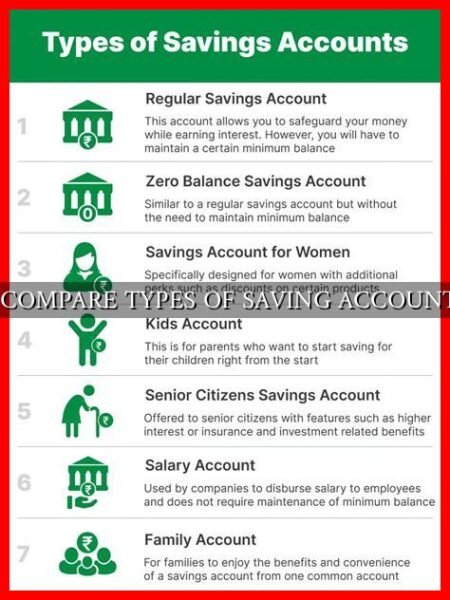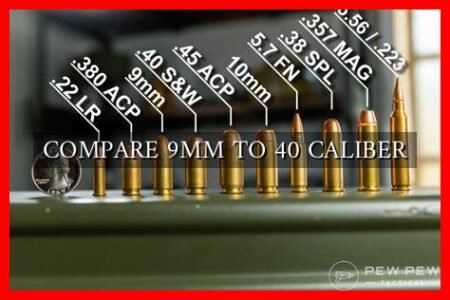-
Table of Contents
Comparing 8/9 and 5/6: A Detailed Analysis
When it comes to comparing fractions, it is essential to understand the underlying principles and how they relate to each other. In this article, we will delve into the comparison of two common fractions, 8/9 and 5/6, to explore their similarities, differences, and practical applications.
Understanding the Basics
Before we dive into the comparison, let’s review some fundamental concepts related to fractions. A fraction consists of two parts: the numerator (top number) and the denominator (bottom number). The numerator represents the part of a whole, while the denominator indicates the total number of equal parts that make up the whole.
Comparing 8/9 and 5/6
When comparing fractions, one approach is to find a common denominator. In this case, the common denominator for 8/9 and 5/6 is 18.
. By converting both fractions to have a denominator of 18, we can easily compare them.
- 8/9 = 16/18
- 5/6 = 15/18
From the above conversions, we can see that 8/9 is greater than 5/6 when expressed with a common denominator of 18. This comparison highlights the importance of finding a common basis for evaluating fractions accurately.
Real-World Applications
Understanding how to compare fractions is crucial in various real-world scenarios. For example, in cooking, recipes often require adjusting ingredient quantities based on the number of servings. By comparing fractions, chefs can scale recipes up or down effectively.
Additionally, in construction and engineering, precise measurements are essential for ensuring structural integrity and safety. Comparing fractions accurately helps professionals make informed decisions when working with dimensions and quantities.
Case Study: Fraction Comparison in Finance
Let’s consider a case study in finance where fraction comparison plays a vital role. Imagine an investor evaluating two investment options with different returns: Option A offers a return of 8/9, while Option B provides a return of 5/6.
By comparing the fractions 8/9 and 5/6, the investor can determine which option yields a higher return on investment. In this scenario, converting both fractions to a common denominator allows for a straightforward comparison, enabling the investor to make an informed decision based on the potential returns.
Conclusion
In conclusion, comparing fractions such as 8/9 and 5/6 requires a solid understanding of the underlying principles and the ability to find a common basis for evaluation. By converting fractions to a common denominator, we can accurately compare them and make informed decisions in various contexts, from cooking and construction to finance and beyond.
For further exploration of fraction comparison and related topics, consider checking out this resource for additional insights and practice exercises.





